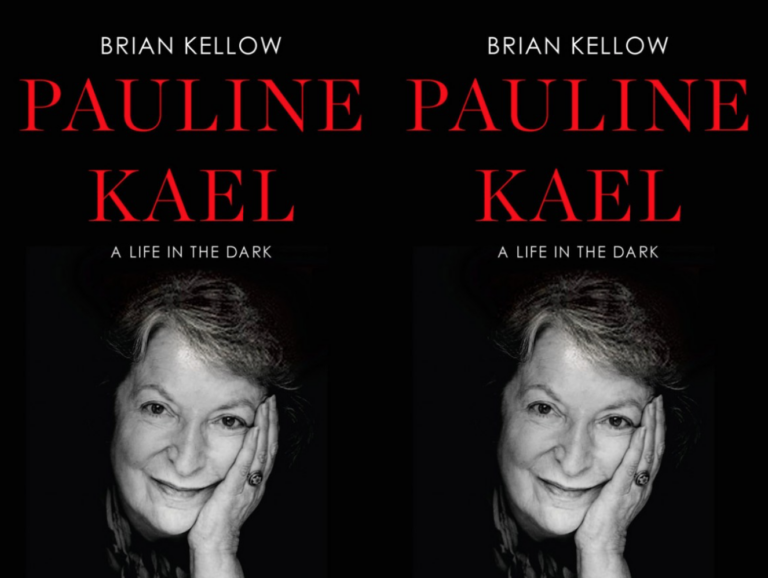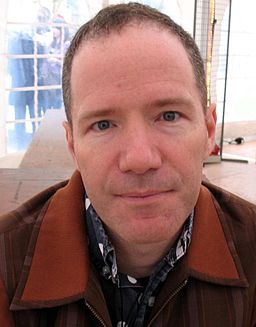Patterns and Need

Our third guest blogger, Adrian Matejka, is a poet whose poem “Eighty-Eight Days in My Veins” appears in our Winter 2010-11 issue edited by Terrance Hayes. Adrian will post on Fridays through April.
Paul Hegarty said, “Noise is a system of judgments.” He was talking about the qualitative distinctions we make about music, but it seems to me that the same thing could be said for poetry. As in, “Poetry is a system of judgments.” Anyone who has tried to explain why a poem is successful can attest to this. Our explanations of poetry are full of words that pass judgment without specific, quantifiable characteristics: “feels” and “seems.”
Not to convolute things, but the craft of poetry is all about patterns or, in Hegarty’s terms, systems. Poets create systems of rhythm, image, and metaphor inside of the poem. Then those systems are manipulated to impose sympathy, surprise, or general enthusiasm. Yusef Komunyakaa’s poem, “Blue Light Lounge Sutra For The Performance Poets At Harold Park Hotel” is a great example of intrinsic systems:
you gotta get into it
so deep salt crystalizes on eyelashes
the need gotta be
so deep you can vomit up ghosts
& not feel broken
Komunyakaa uses anaphora to create a rhythmic pattern, then cracks it open with an unimaginable moment like “so deep you can vomit up ghosts / & not feel broken.” There is order, albeit order lensed through Komunyakaa’s distinctive logic of swagger and improvisation.
To take this back to quantifying poetry, “Blue Light Lounge Sutra For The Performance Poets At Harold Park Hotel” is an undeniably awesome poem, but I can only support my belief by noting the construction of the text and Komunyakaa’s underlying message: in order to write poetry, you have to need to write poetry.
Beyond that, what system of judgments makes this a poem? I’m not talking about the esoteric workshop subjectives. I’m interested in the specific mechanisms we can point to that allow us to shape this, or any, good poem. Here are a few I came up with:
1. Lineation—structure/consistency of line. Each line of a poem should be better than the previous because the line has everything that came before it to build on. Komunyakaa’s poem creates its own linear momentum.
2. Rhythm—emphasis on sonic impact or syllabic continuity. Lest we forget that poetry is part of the oral tradition, it needs to sound good. Listen to Komunyakaa read the poem if you don’t know what I’m talking about.
3. Linguistic surprise—language that is familiar enough for coherence, but innovative in its use or expectation. “Blue Light Lounge Sutra For The Performance Poets At Harold Park Hotel” (and Komunyakaa’s poetry in general) is full of such moments: “chaos in the cosmos / modern man in the pepperpot” or the last lines “be ready / to let the devil use your head / for a drum.”
Each of these mechanisms is relatively quantifiable, given a basic knowledge of poetic craft. But what else can be added to this list? There are certainly other specific, quantifiable judgments we can make about poetry to help to demystify it for readers and listeners.


